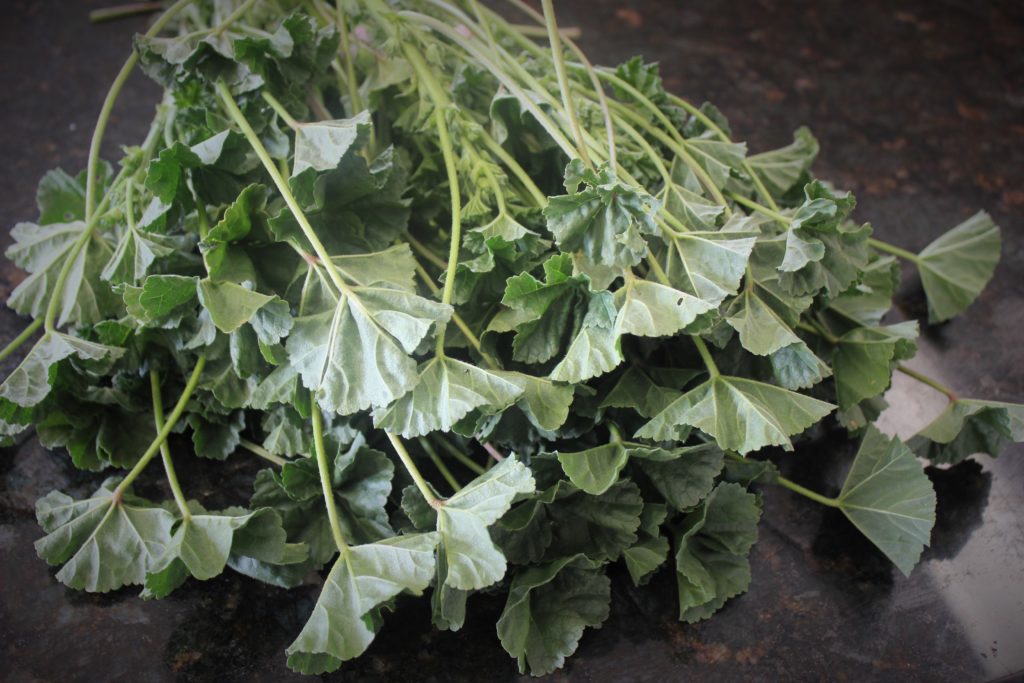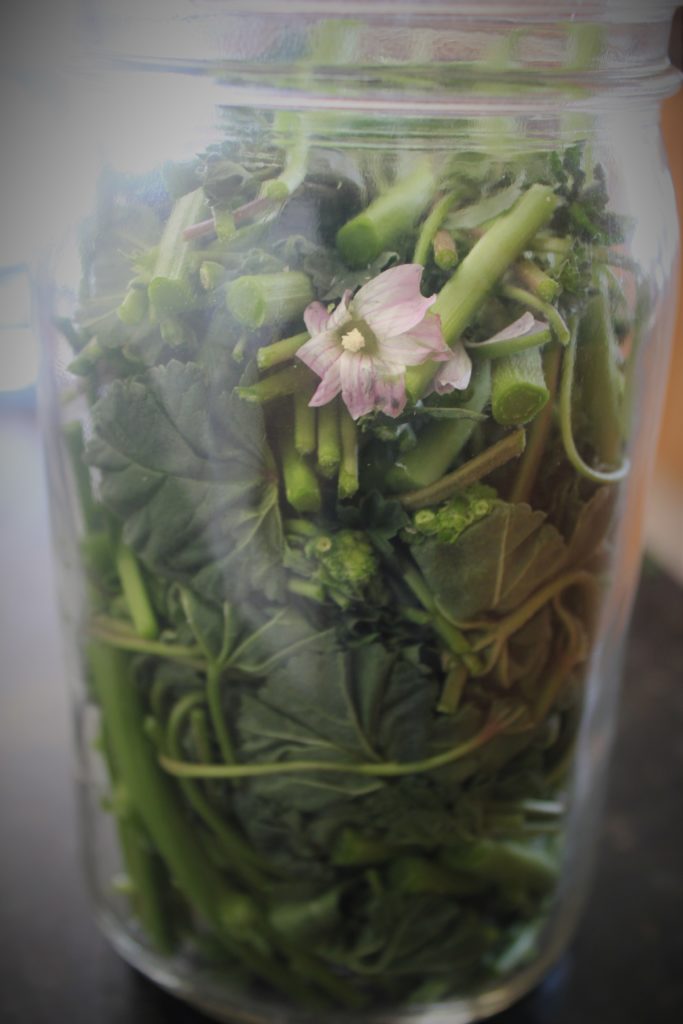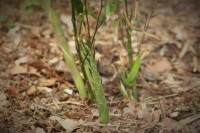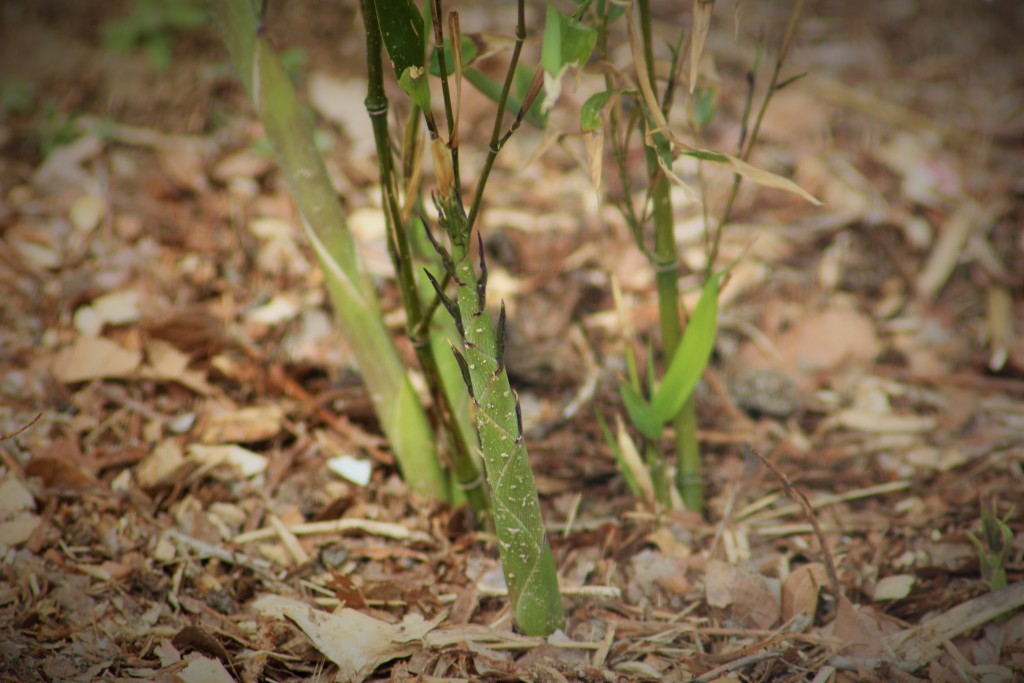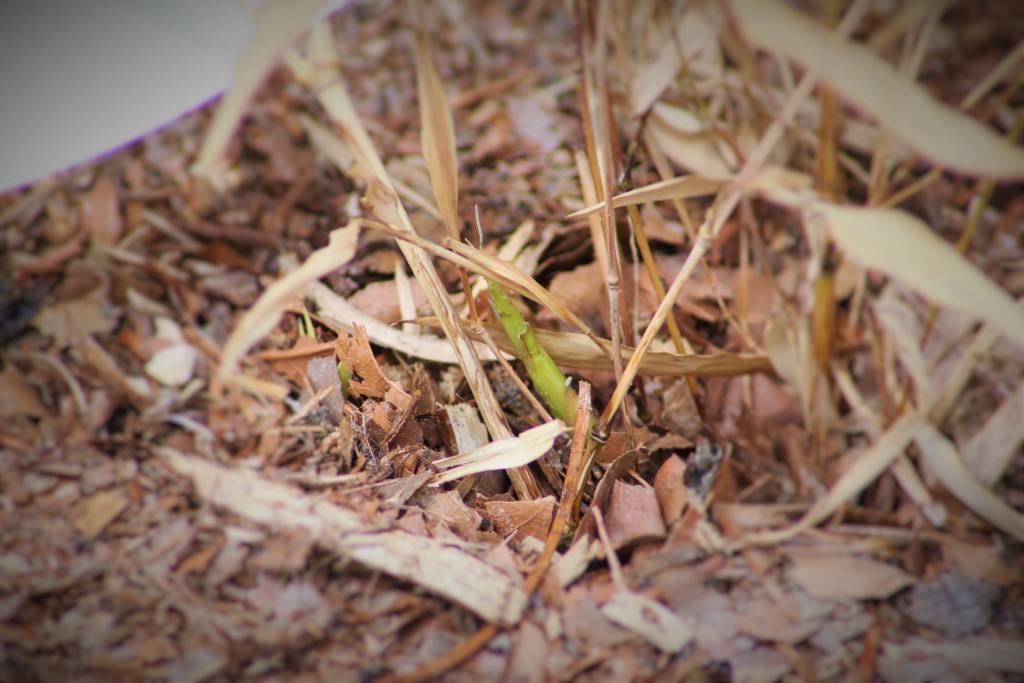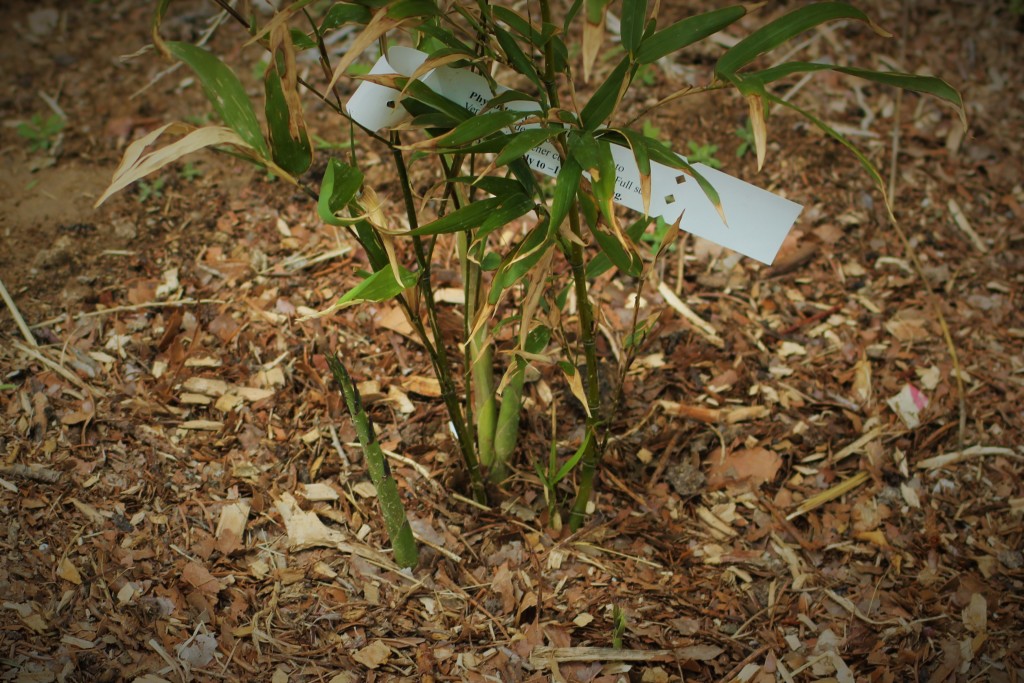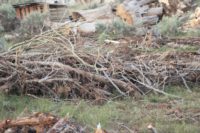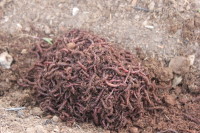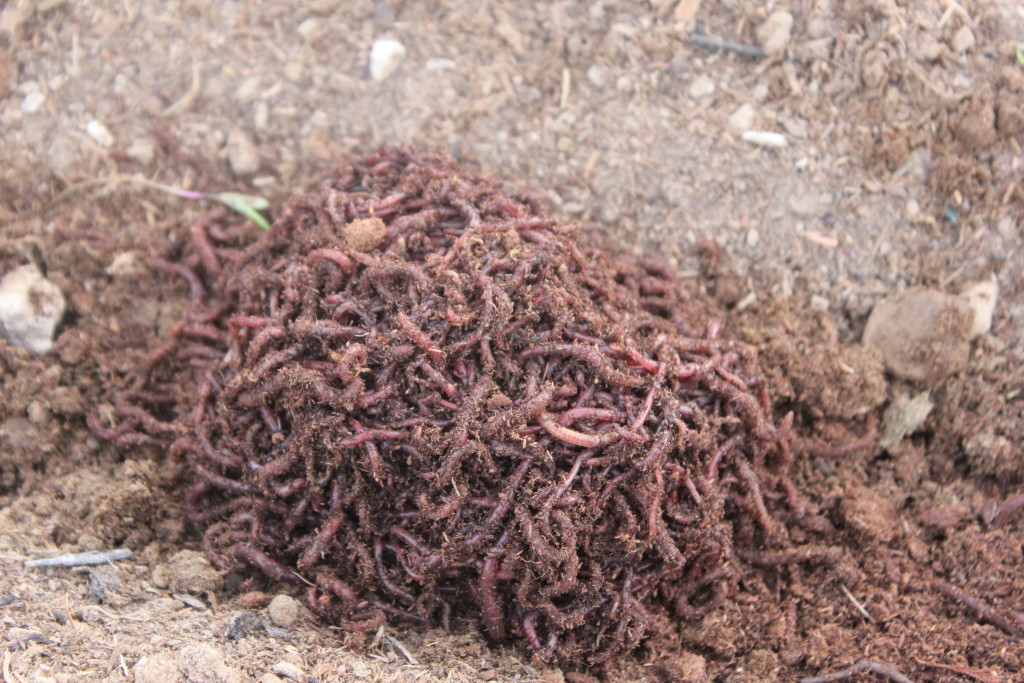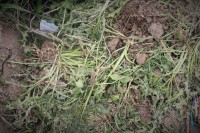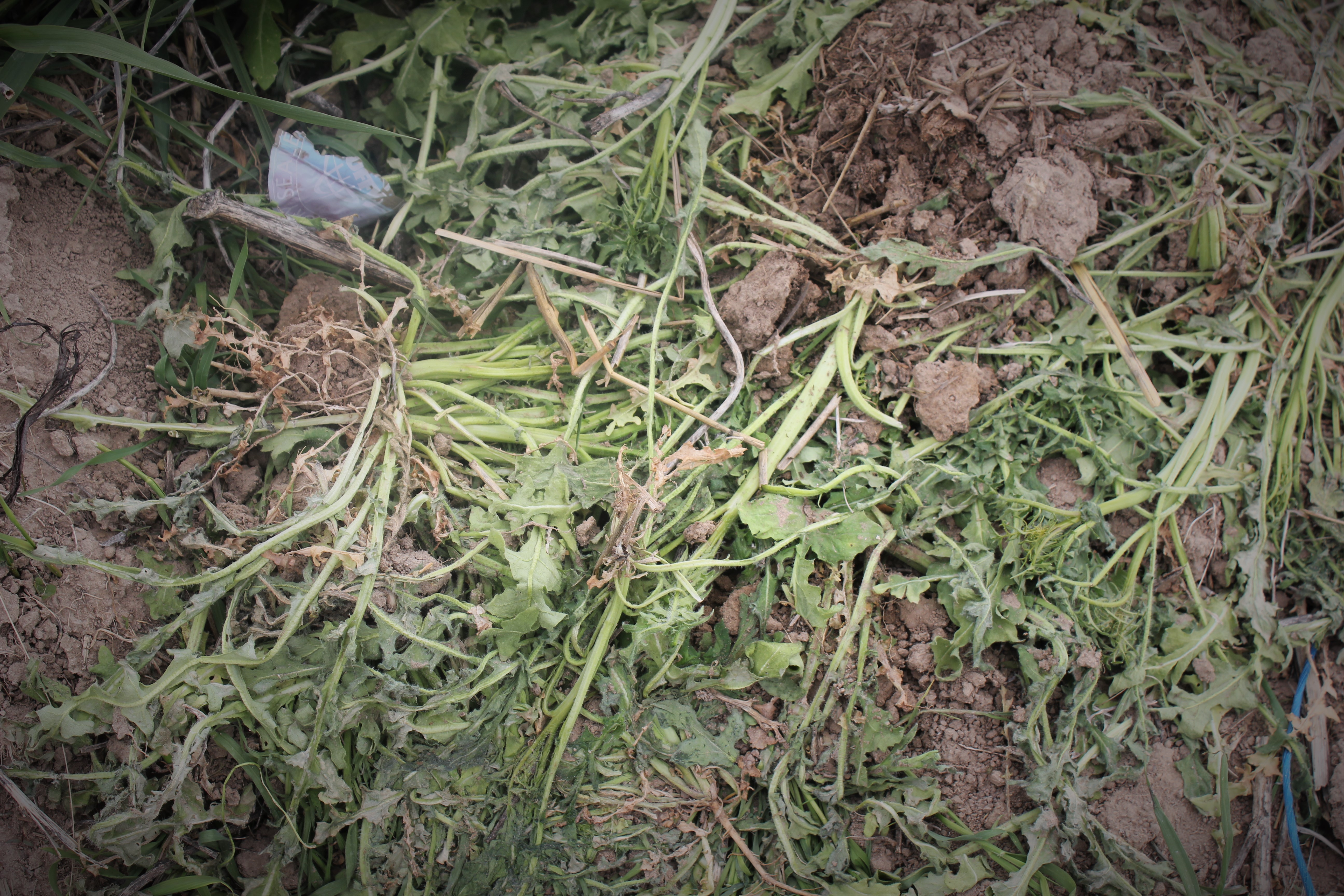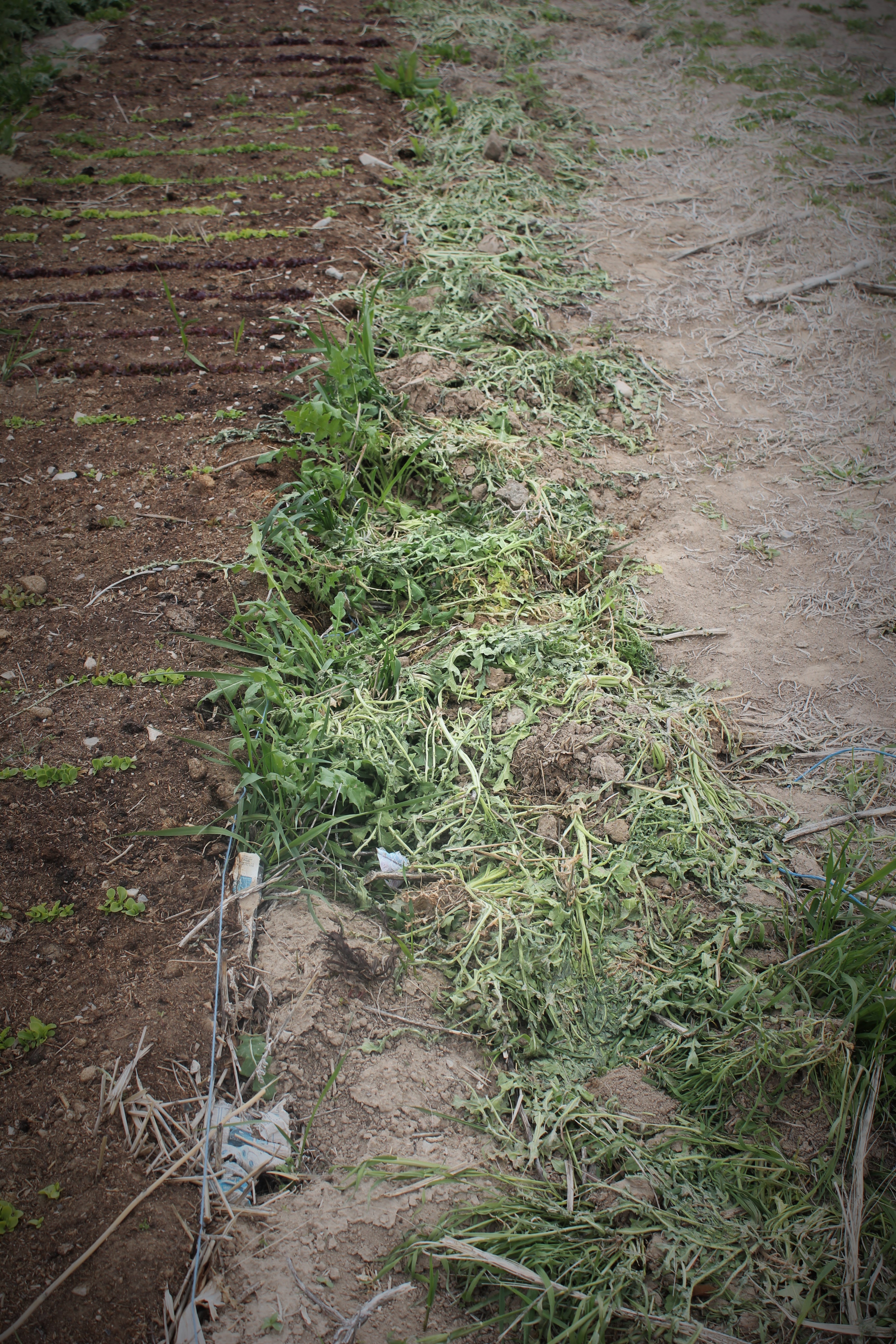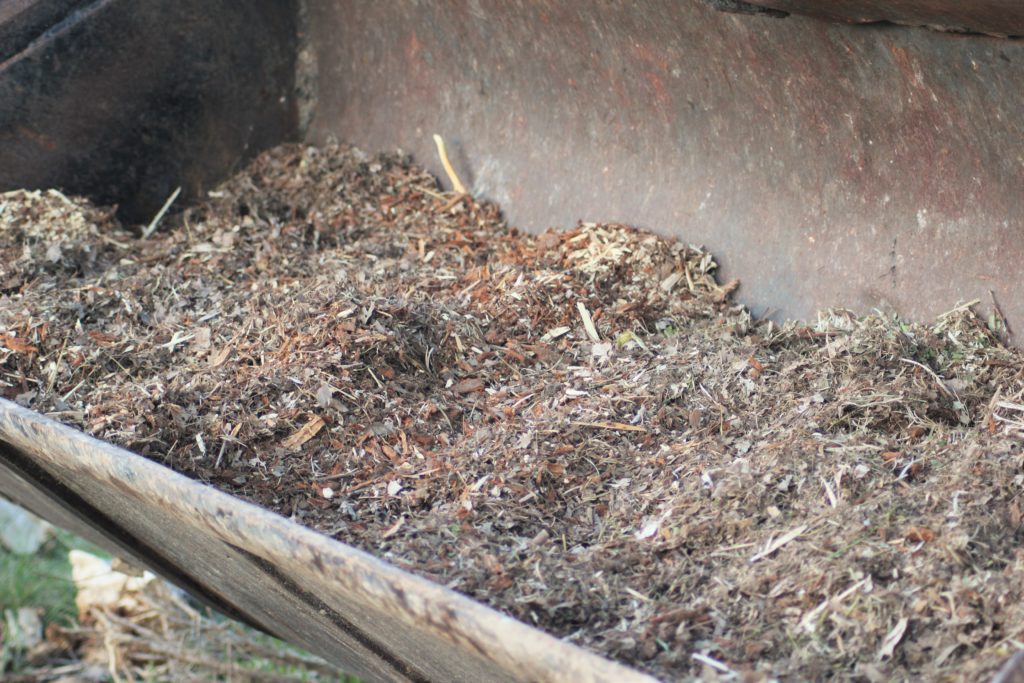
“For all Hobbits share a love of things that grow.” is a quote from one of my favorite movies. I agree with Bilbo, there is something about things that grow. But in order to grow, you need soil fertility and top soil.
Quail Run farm is in the middle of the Utah High Desert. Yes, we have access to water, and can change our environment some to help encourage plant growth, but our biggest hurdle is soil fertility. Soil fertility is the part of the soil that allows for plant growth. In the desert you have a hard time growing things because of the lack of soil fertility. For plants to thrive, they need to have nutrients, minerals, organic matter, and moisture.

Because of the lack of vegetation in the high desert, it is hard to build the top layer of Organic material that plants need to thrive. We have started to use a few techniques on the farm, from hugelkultur, permaculture, and Back to Eden Gardening. In short, Back to Eden Gardening, is the process of allowing the land to take care of itself, by mimicking the way that nature preps the soil for plants. Basically God set the Earth up so that it could take care of itself, and we are just trying to mimic the way God has setup fertile areas in a not so fertile area. And to do that, we need a lot of mulch. It is suggested to have a deep mulch, and by deep mulch we are talking about 6-8 inches of mulch.
Mulch has several different purposes. Mulch is used to conserve moisture, improve soil fertility and health, reduce weed growth, and increase the visual appeal of the area. If you go into the forest, and look at the soil horizon, you will notice that the forest has a nice layer of mulch on top of the soil. This layer is what we are trying to reproduce. The mulch layer can be made from a lot of different materials. You can create mulch from leaves, grass, peat, woodchips, bark, straw, pine needles, or most paper products. One of the most common forms of mulch used in the urban setting is that of not bagging your lawn clippings. A lot of people use a mulching mower and don’t even know the benefits it is giving their lawn. On a larger scale, you may even see what is called Forestry mulching. A lot of farmers do this by cutting and chipping trees, and brush and the leaving it where they chipped it. You may have even seen them do this along roadsides to clear brush as well.
The problem we have, on Quail Run Farm, is that there is not a lot of tree litter. Because there is not a forest on the property, we don’t have an abundant source of mulch to use for our gardening. So we have decided to create our own.
First, we have to spend some money and buy some equipment. We use Big Blue (our 1973 Ford Tractor, that has a bucket) to haul the mulch around and do any heavy lifting that may be needed. We purchased a 5 X 10 foot utility trailer so we could collect the material that we are going to convert to mulch. And we purchased a chipper/shredder to be able to convert the material we gather into mulch. (We looked into renting or borrowing the chipper and trailer, but after crunching the math, we came to the conclusion that it would be cheaper in the long run to just purchase the equipment.)
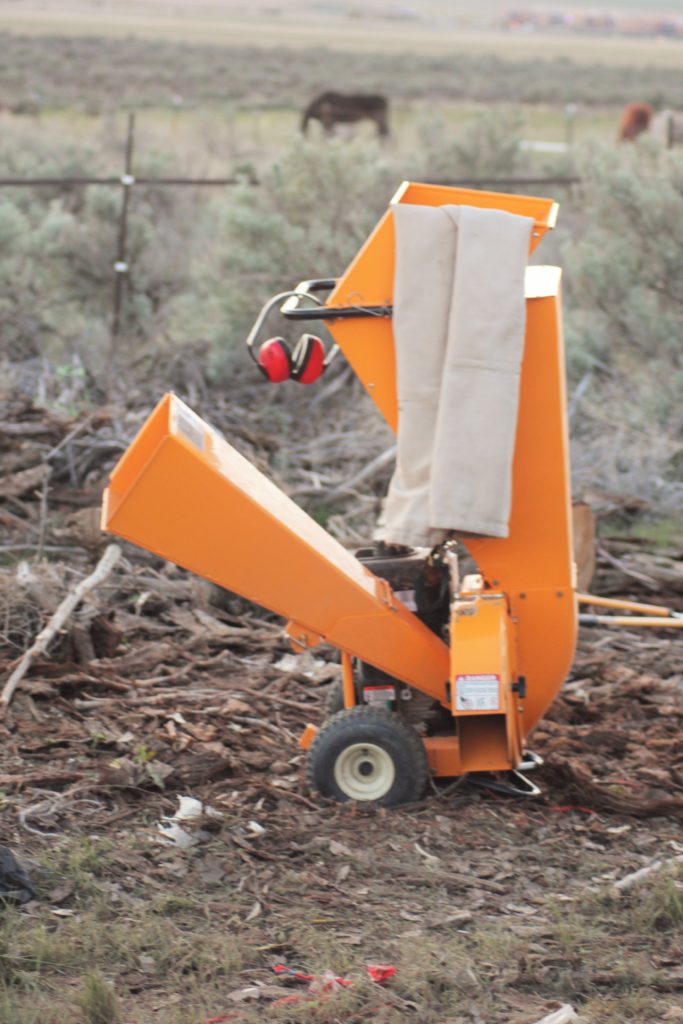
The chipper/shredder.
Second, we needed to collect the material that we wanted to turn into mulch. So I put the word out on a local community on Facebook. I basically asked for anyone who was going to throw away leaves, trees, bushes, and like to give us a chance to come collect them before they threw them away. We had a lot of people respond. (And we still have more to go collect and to get back with.)
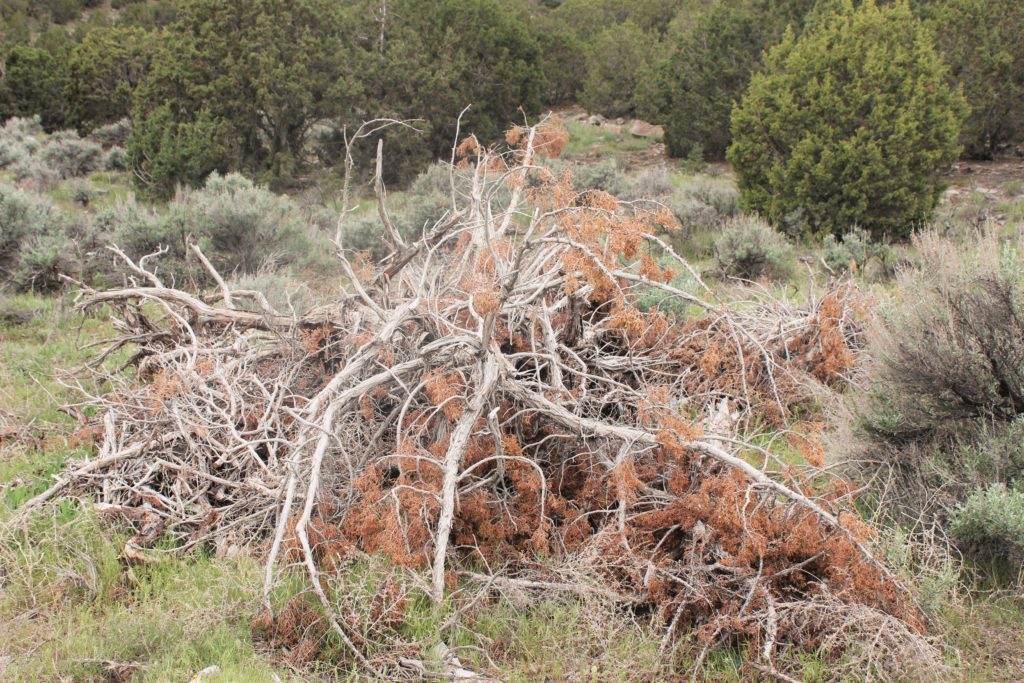
A bunch of juniper trees a developer removed. The resident said we could haul them off.
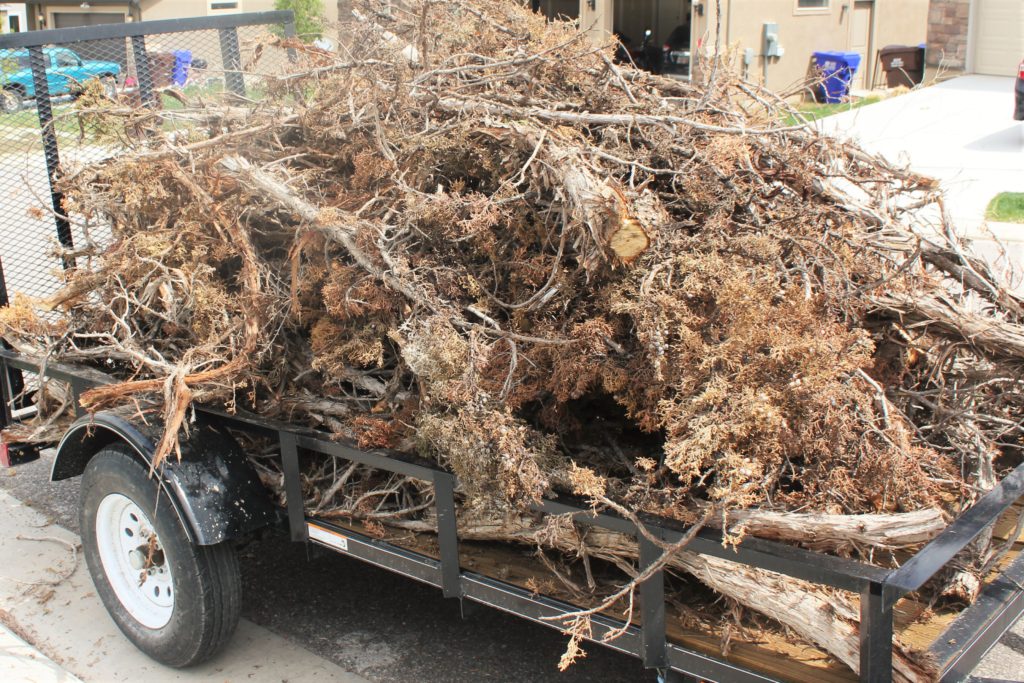
Loaded trailer with the juniper trees.
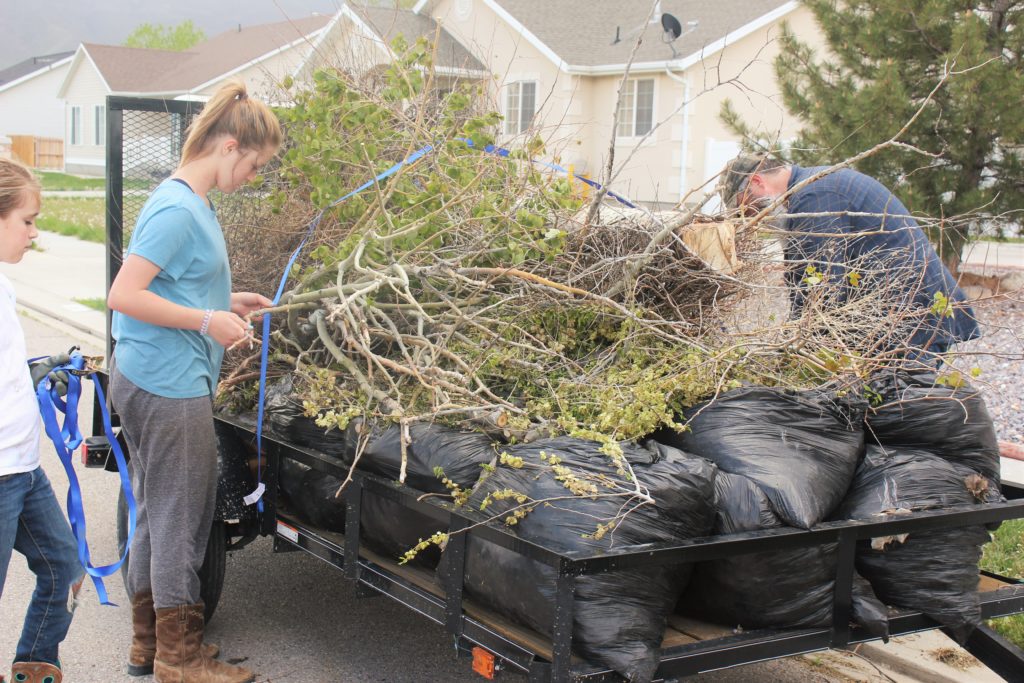
Kids helping secure another load from several different houses in Eagle Mountain.
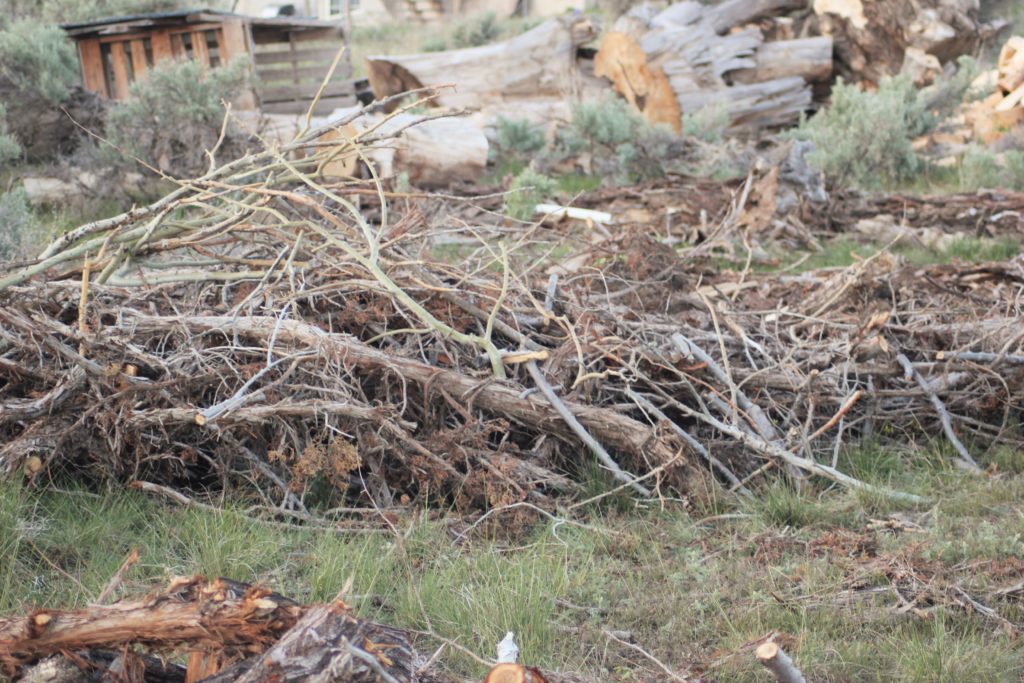
Pile of trees, and branches ready to mulch.
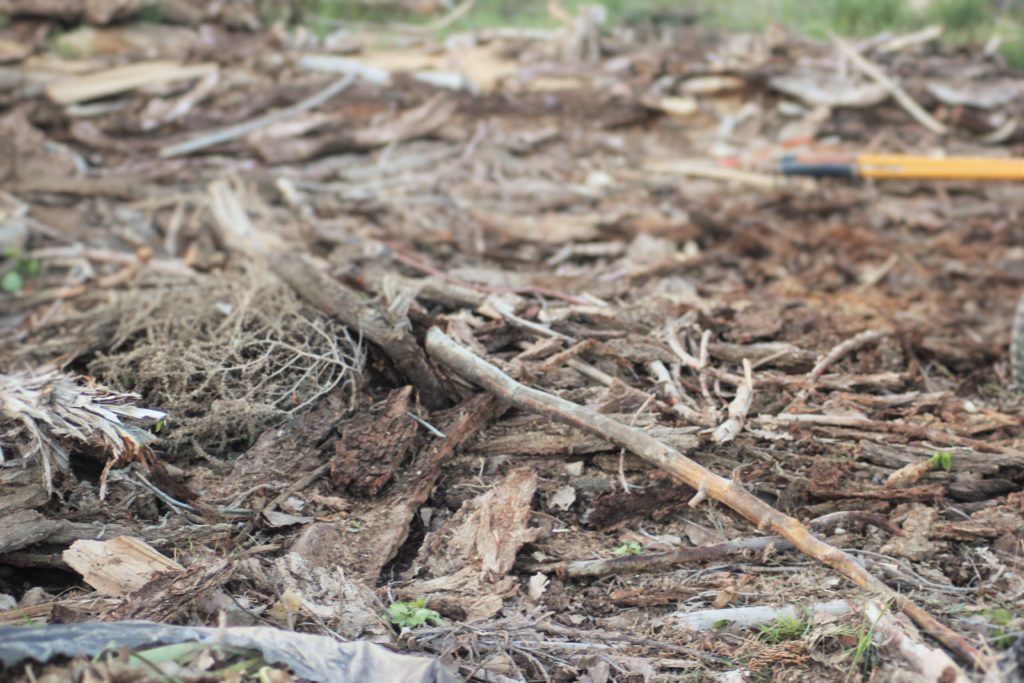
More stuff waiting to be converted to mulch.
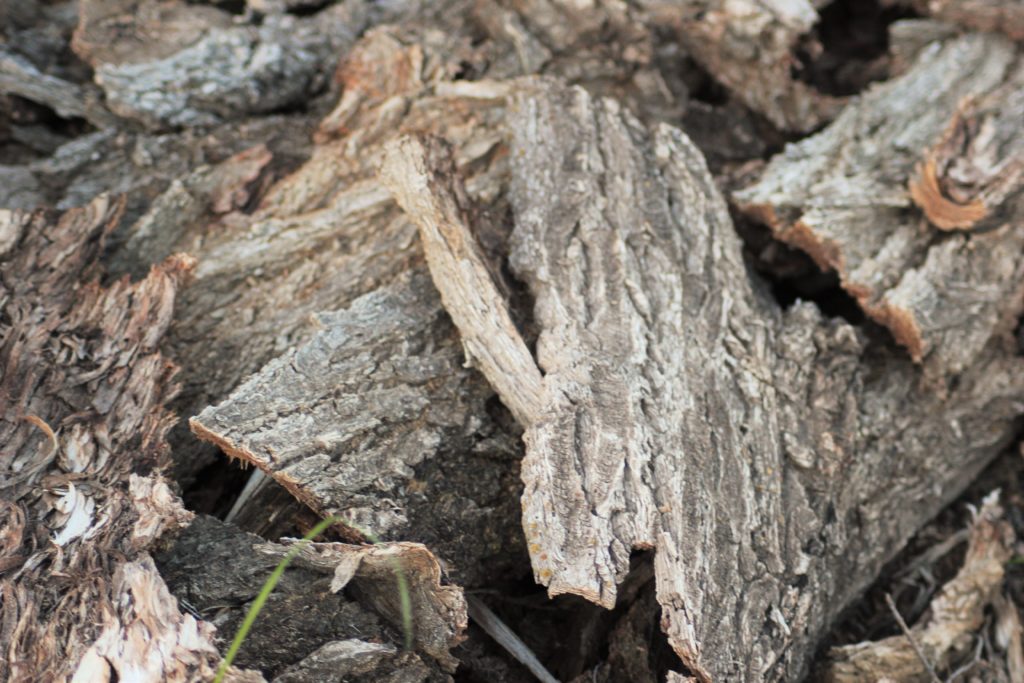
This bark was left over from some trees we had cut into firewood. We will also be converting it to mulch.
Third, we need to convert the material that was collected into mulch. To do this we used the chipper/shredder we purchased. It works really well. I would usually do a bag of leaves and then either the bark or the branches we collected. Once the shredders bag was full I would then dump it into the bucket of Big Blue and then transport it to the garden area.
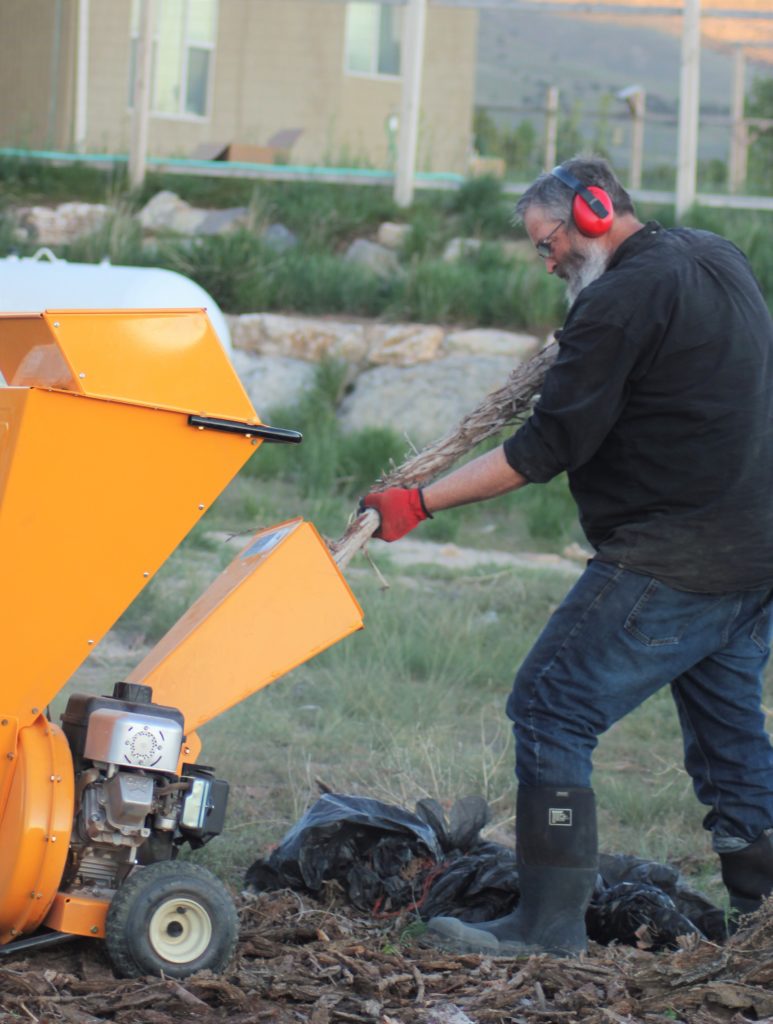
Chipping some of the big stuff.
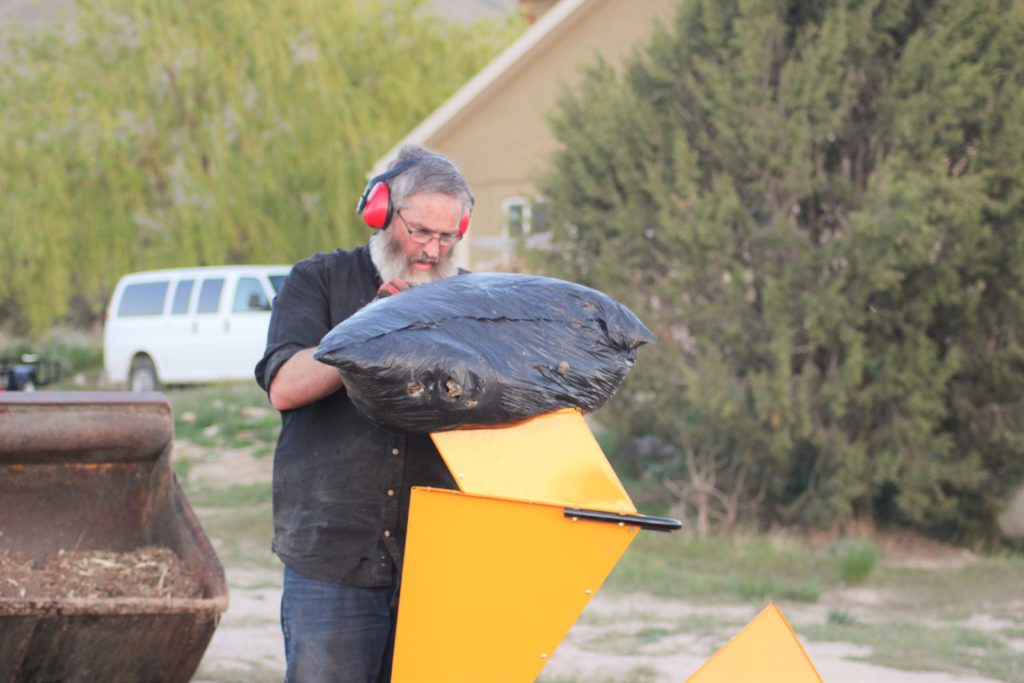
Shredding a bag of leaves.
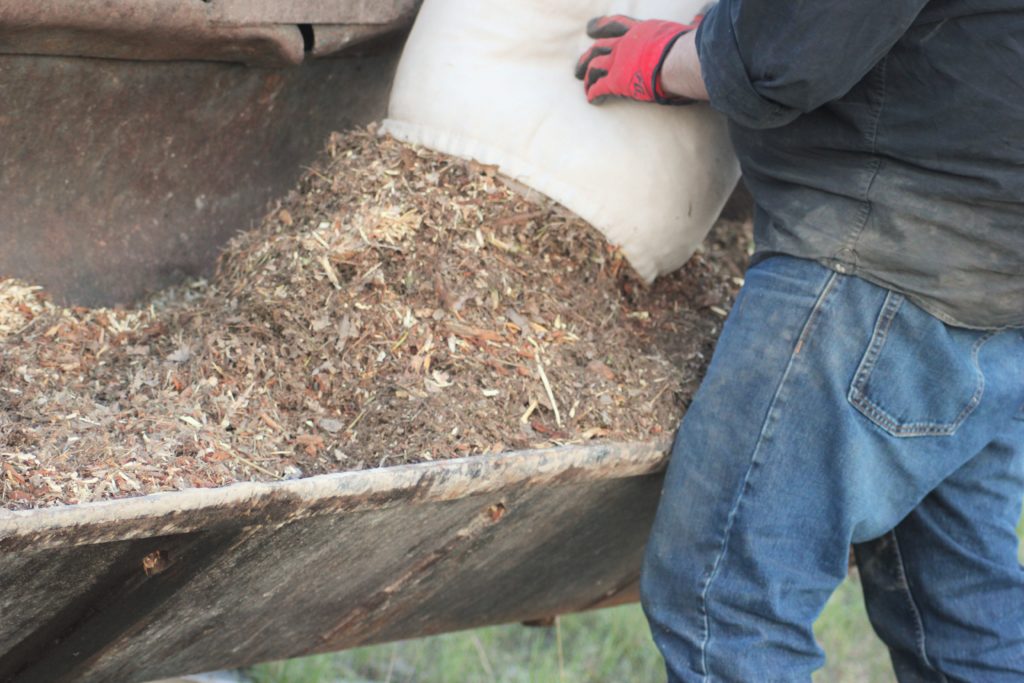
Emptying the bag into Big Blue.
Forth, we need to use the mulch. Once we have the mulch created, we then would put it on the garden beds, and in between the rows of already planted spring crops.
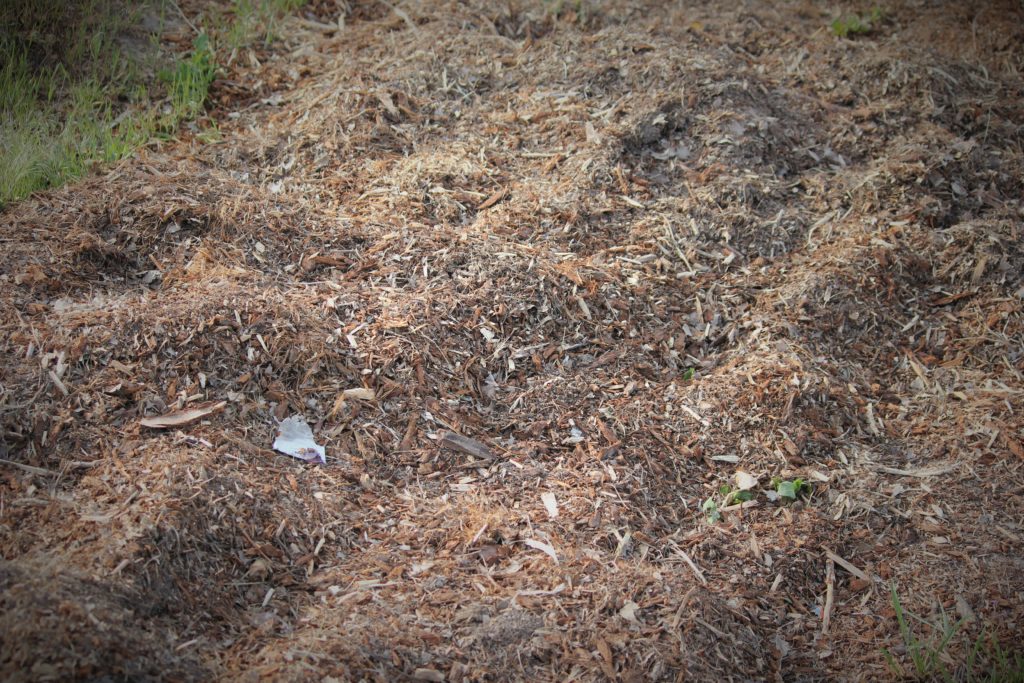
Mulch over garden bed, getting ready to plan.
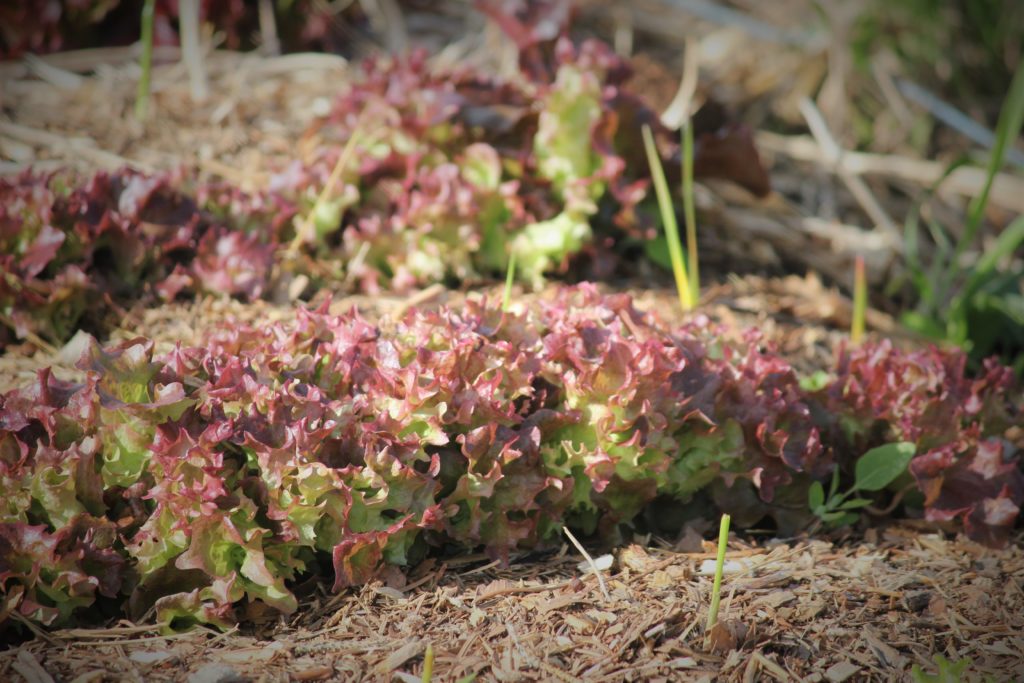
Mulch between rows of plants.
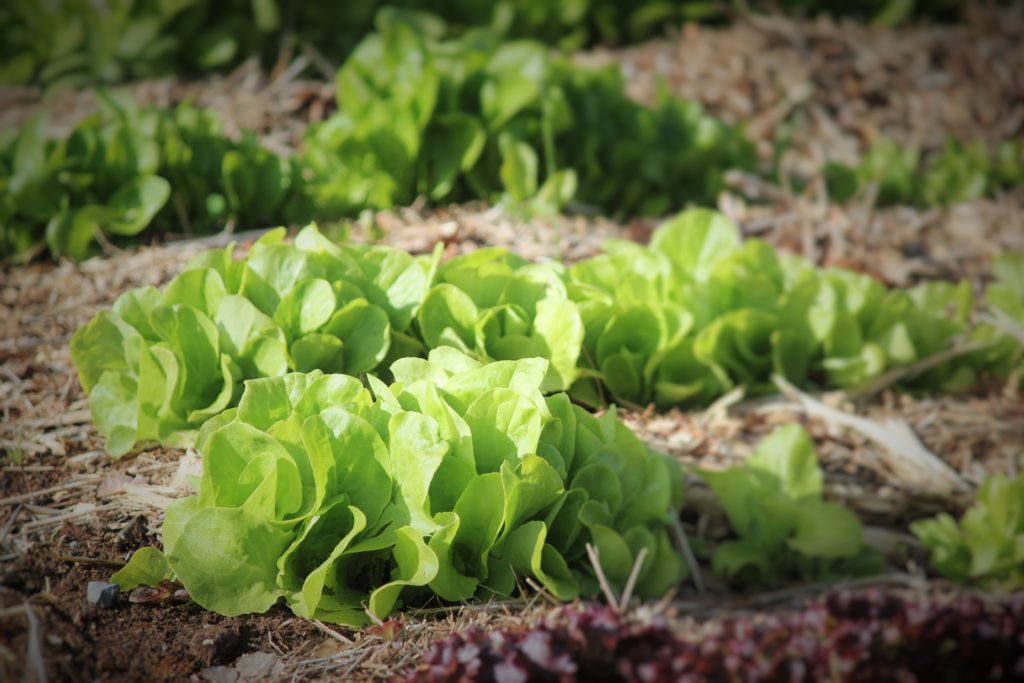
Mulch between rows of plants.
As a note… Sometime things don’t go as you plan. For instance, don’t let the chipper/shredder run out of gas in the middle of chipping a large tree branch. Parts of it will get stuck in the chipper, and it will require you to remove the blockage before you can use the chipper again.
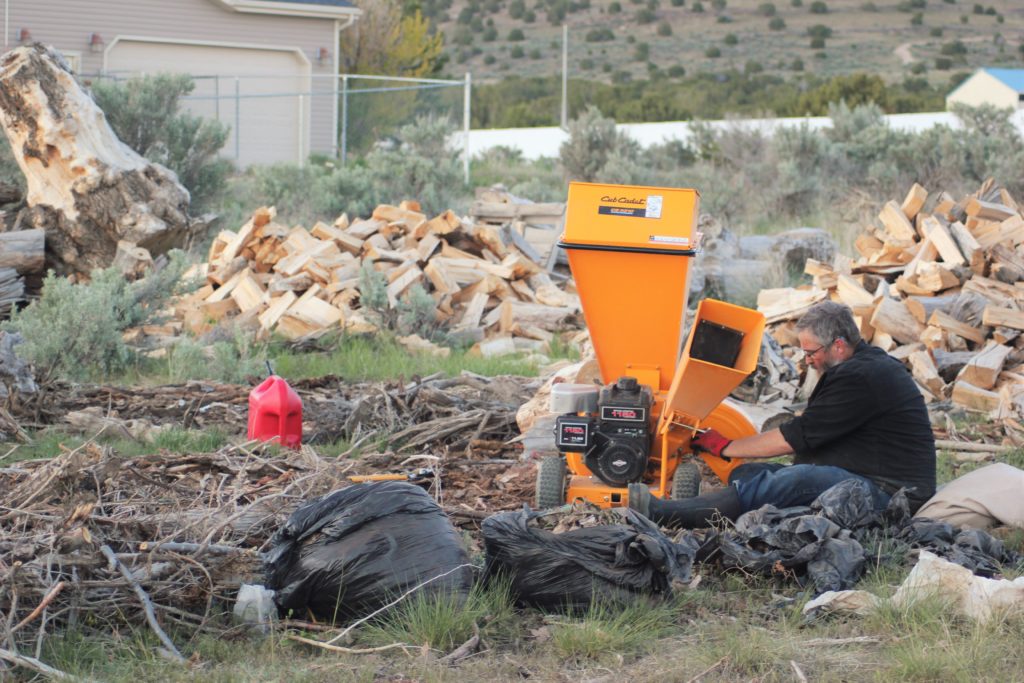
Cleaning the chipper after it ran out of gas in the middle of a large branch.

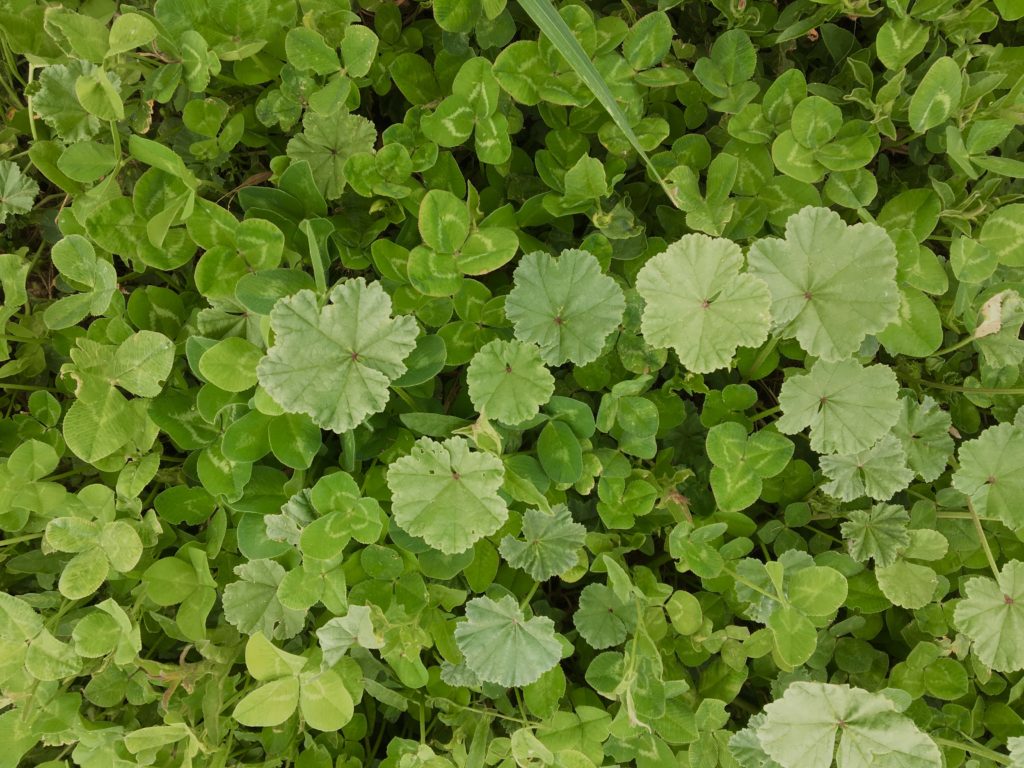
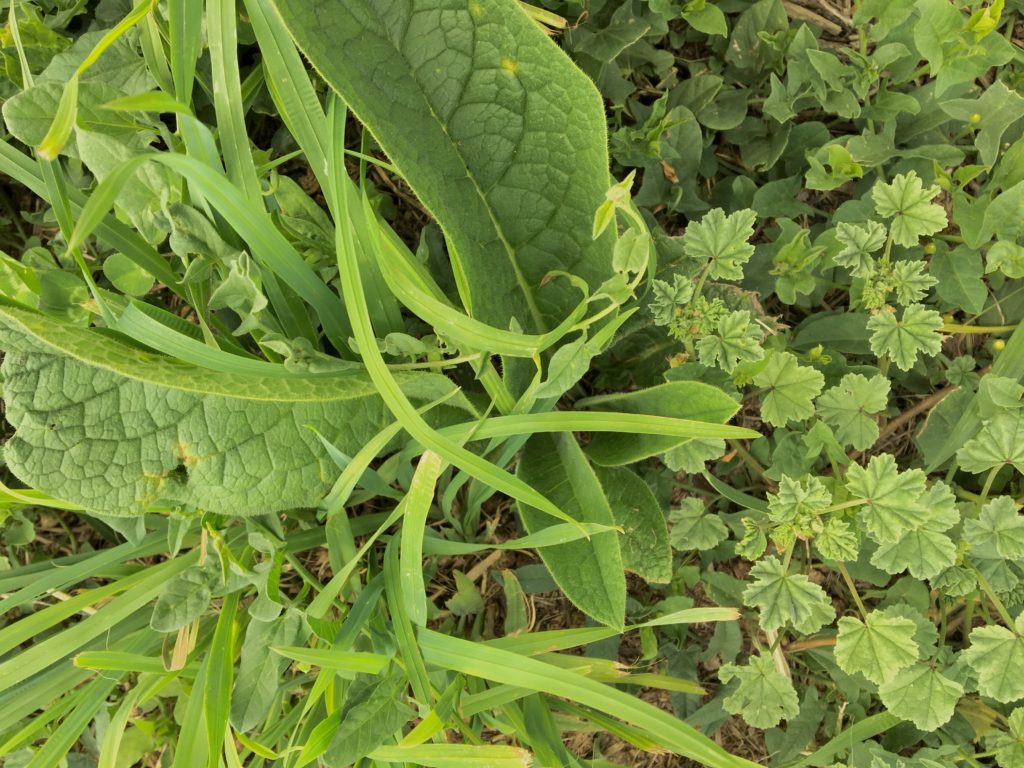
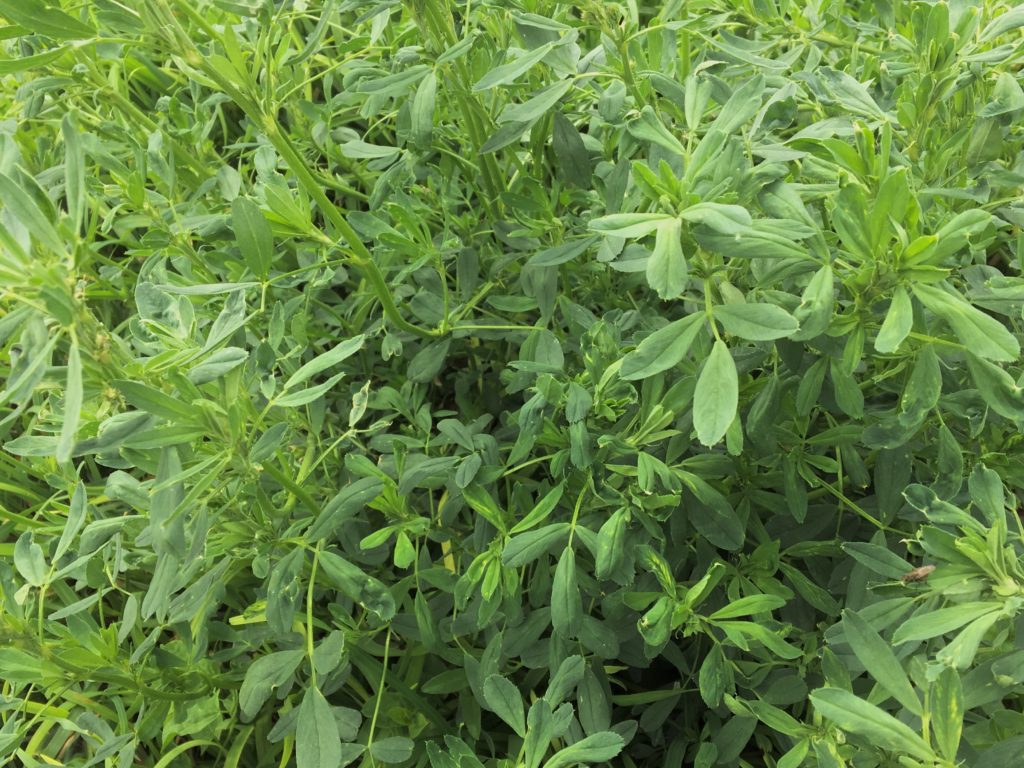
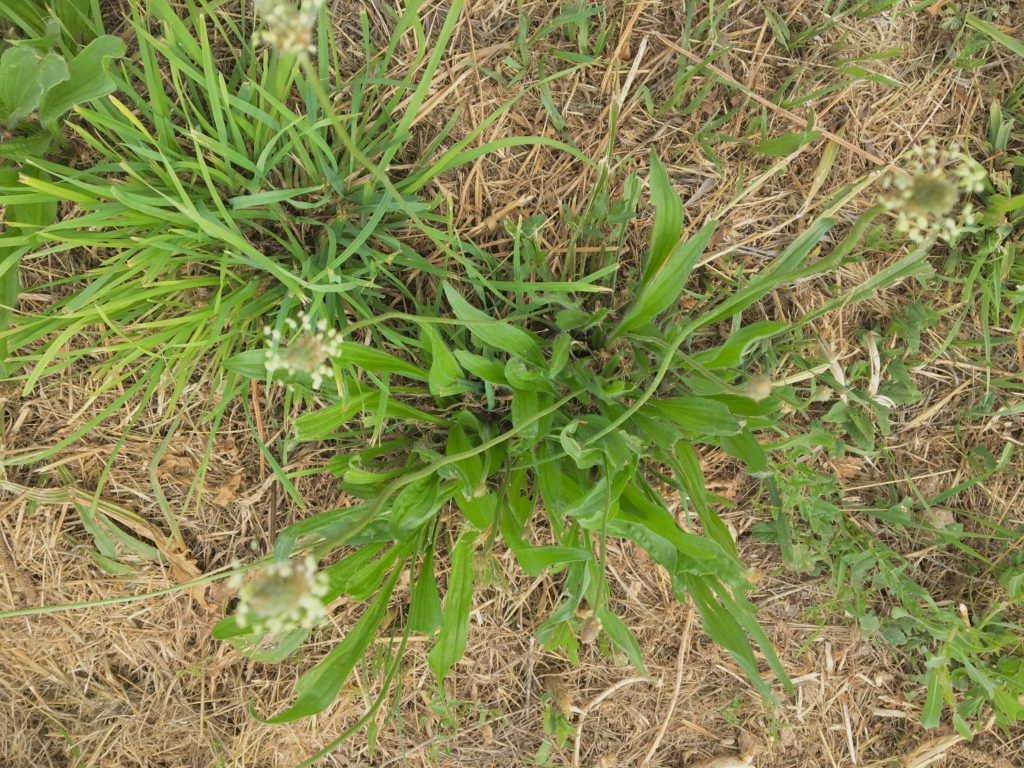

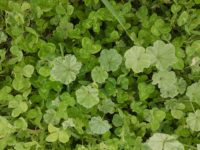
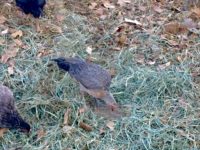
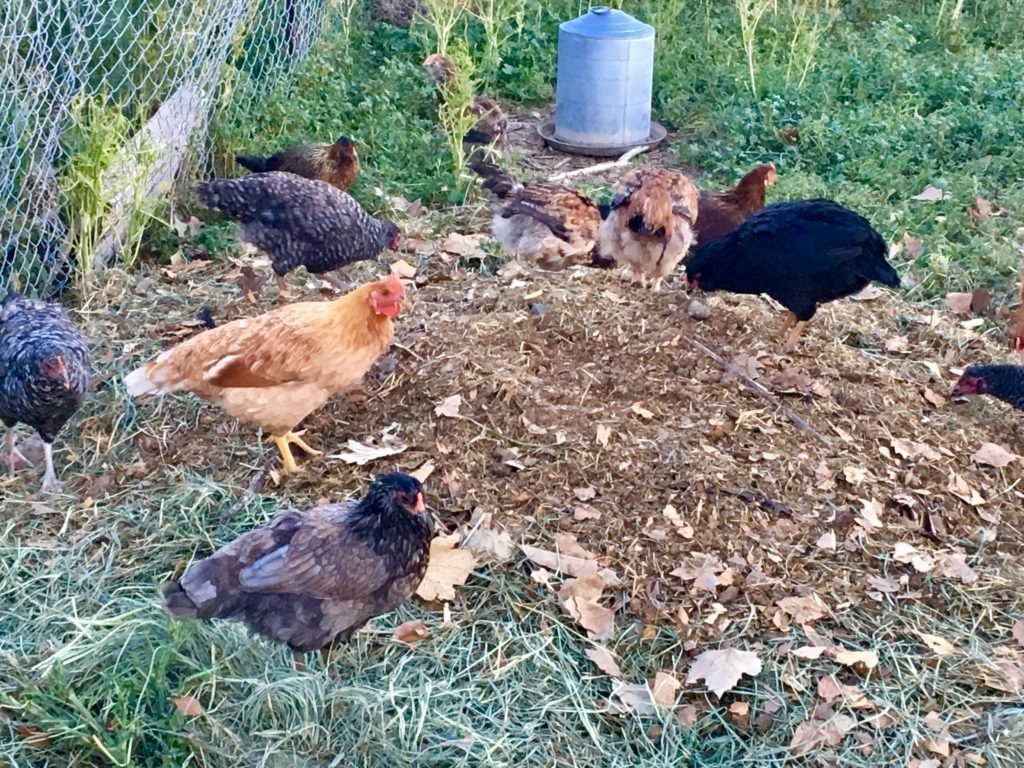
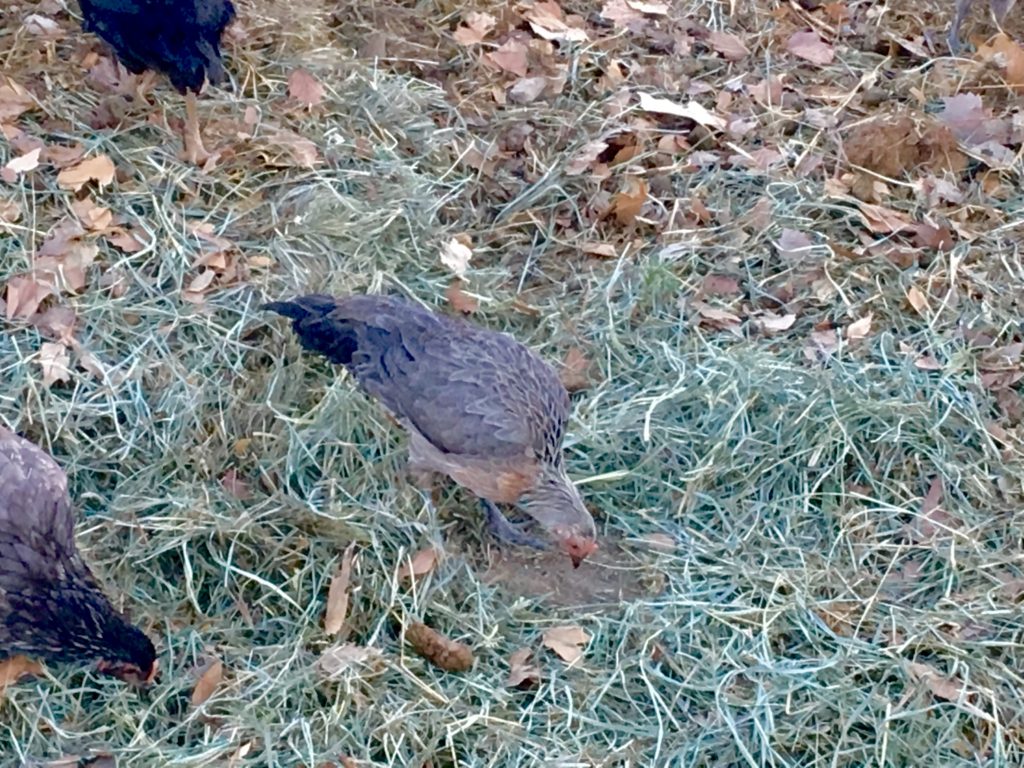
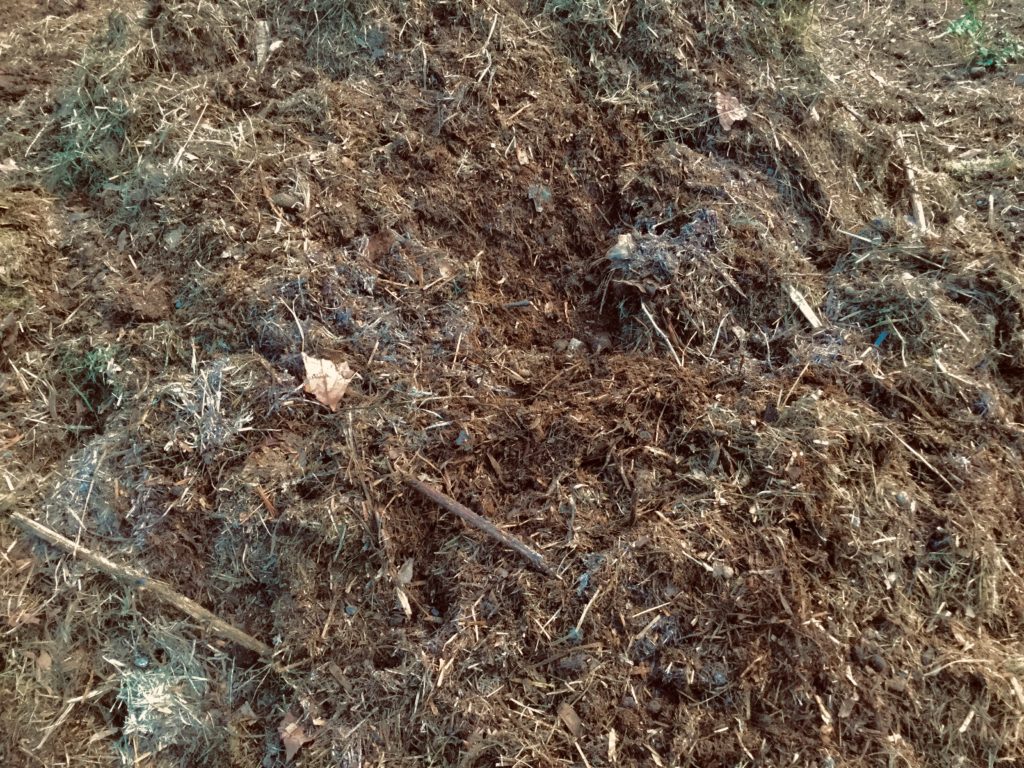
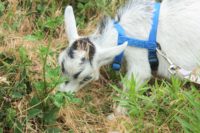
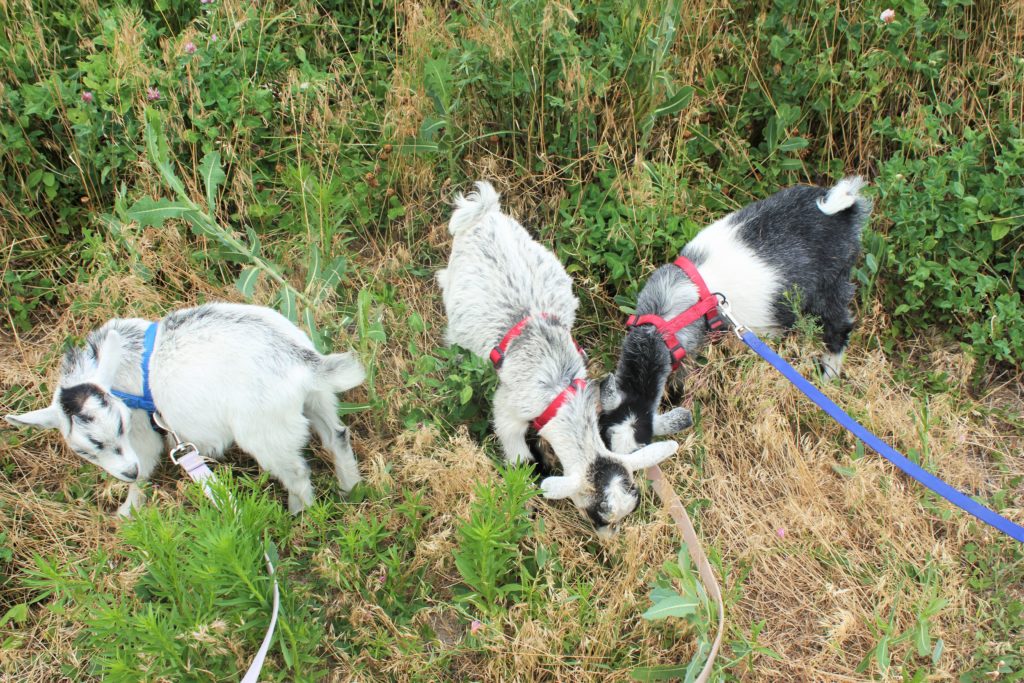
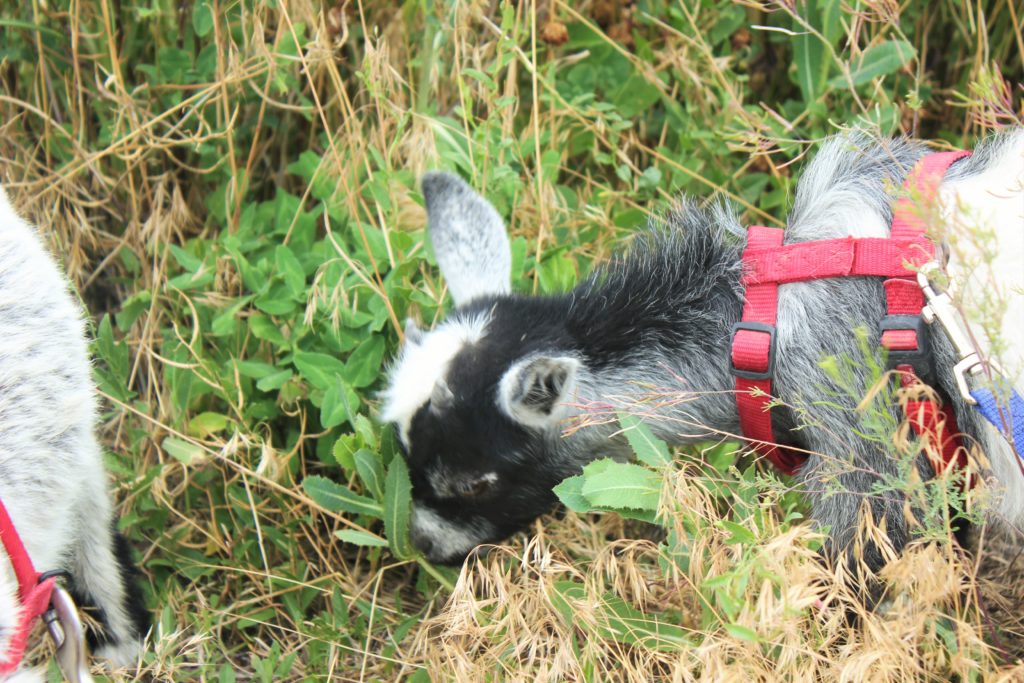
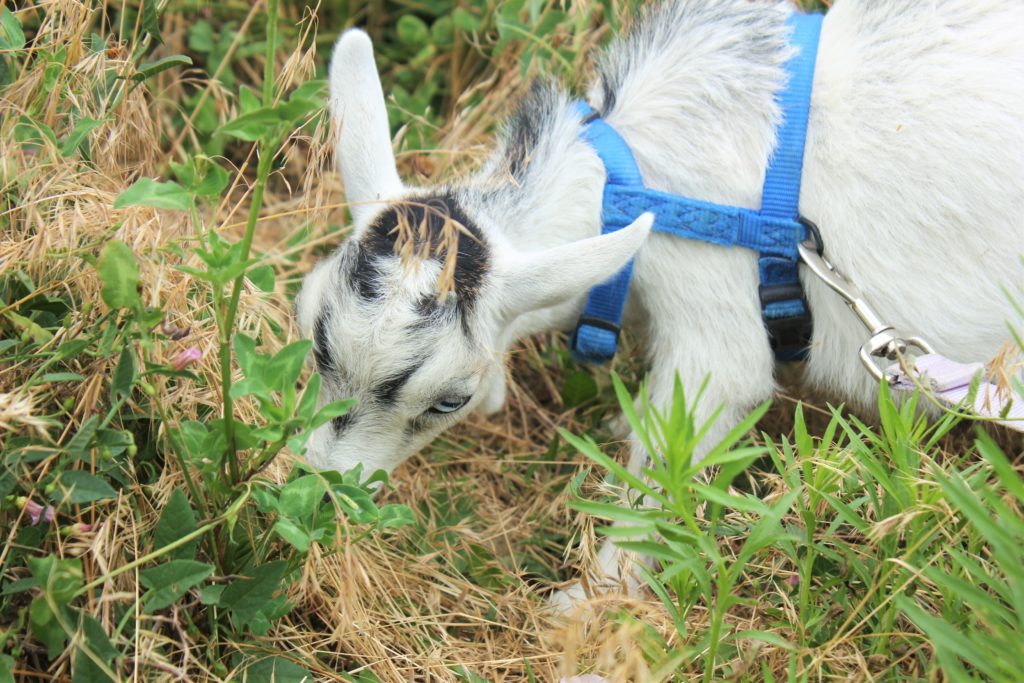 Here on our farm we don’t have vast pastures, we have small meadows and paddocks, but that same principle applies, just on a smaller scale. We set the goats out daily to graze, watching carefully so as not to over tax the land and then move our animals so the plot can rest and rejuvenate, making it more fertile and productive.
Here on our farm we don’t have vast pastures, we have small meadows and paddocks, but that same principle applies, just on a smaller scale. We set the goats out daily to graze, watching carefully so as not to over tax the land and then move our animals so the plot can rest and rejuvenate, making it more fertile and productive.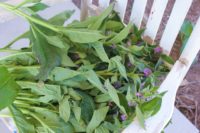
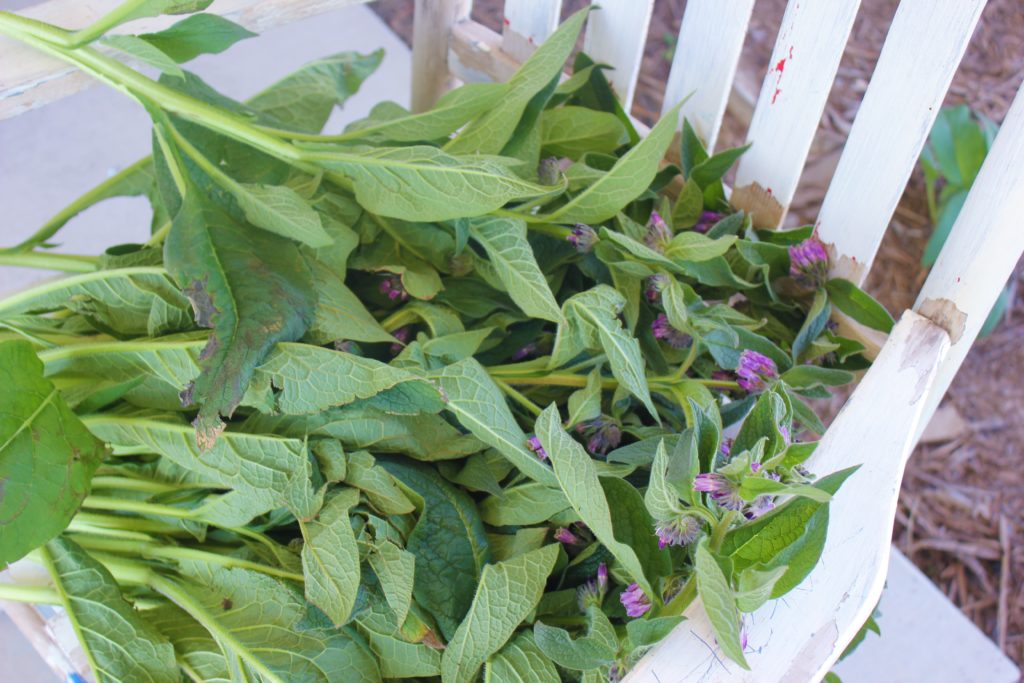
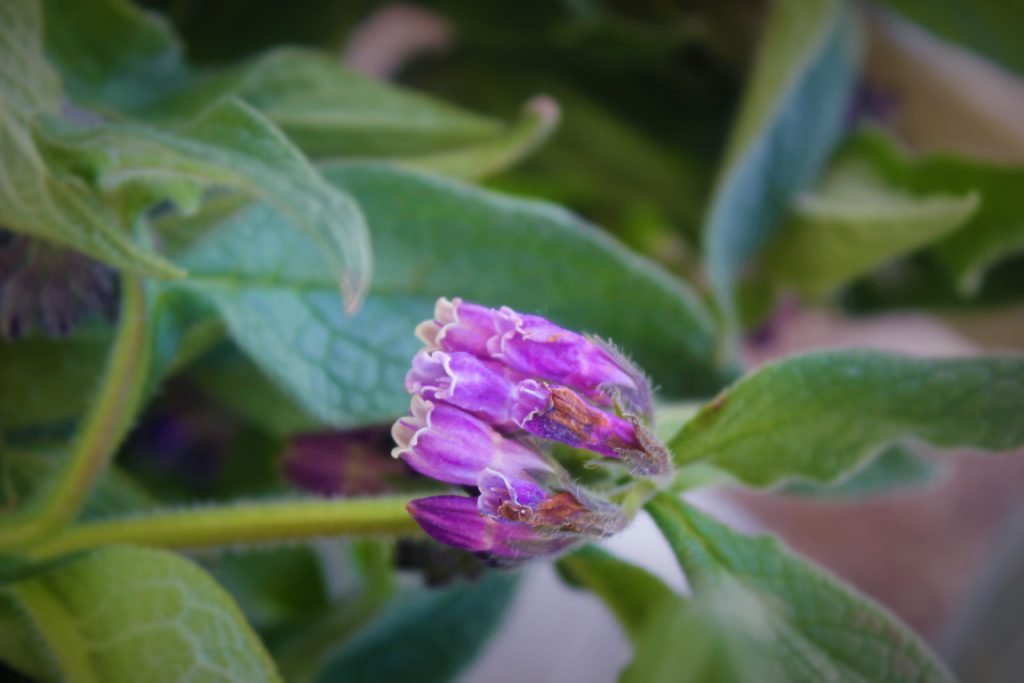 Comfrey is quite easy to dry, but there are some considerations. The leaves are quite big and hold a lot of moisture, therefore they need to be dried loosely. Typically a person will gather a large bunch of plant materials, tie it in a bundle and dry. This won’t work with comfrey, I have ruined many batches by doing it this way, the comfrey will mold, and we don’t want that. Instead I have found that it is just as easy to hang each stalk on a nail and it drys very quickly this way, with out the mold.
Comfrey is quite easy to dry, but there are some considerations. The leaves are quite big and hold a lot of moisture, therefore they need to be dried loosely. Typically a person will gather a large bunch of plant materials, tie it in a bundle and dry. This won’t work with comfrey, I have ruined many batches by doing it this way, the comfrey will mold, and we don’t want that. Instead I have found that it is just as easy to hang each stalk on a nail and it drys very quickly this way, with out the mold.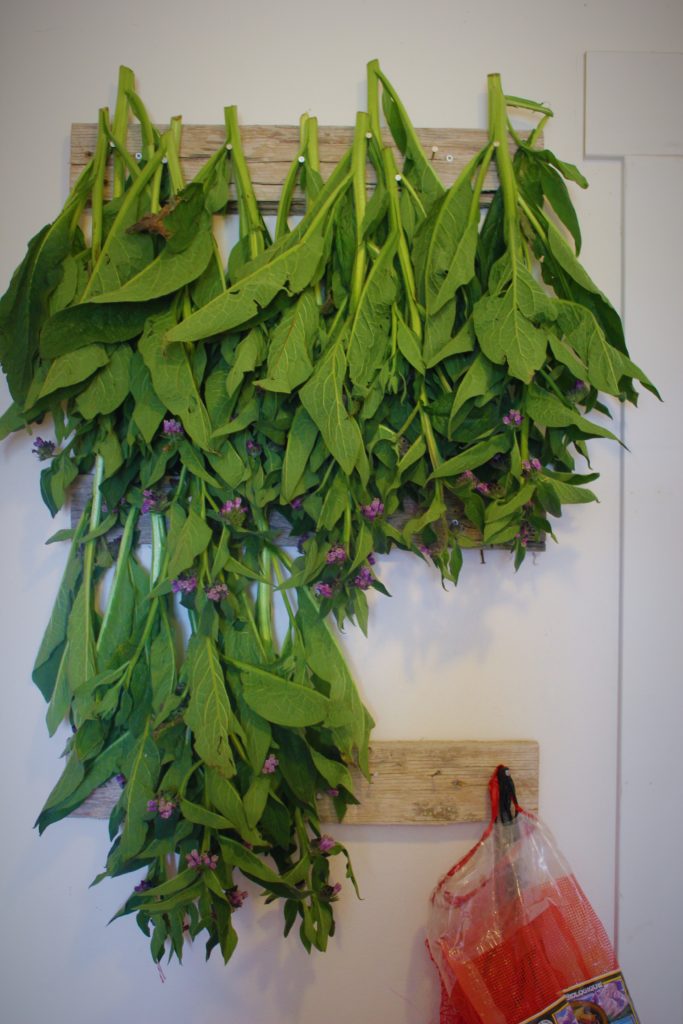
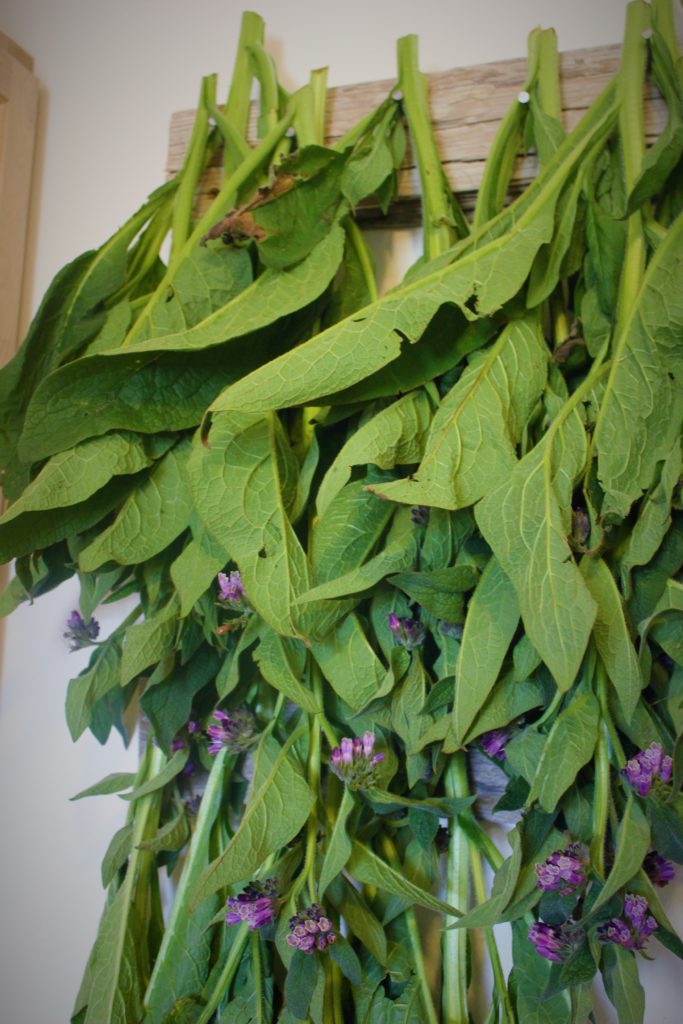
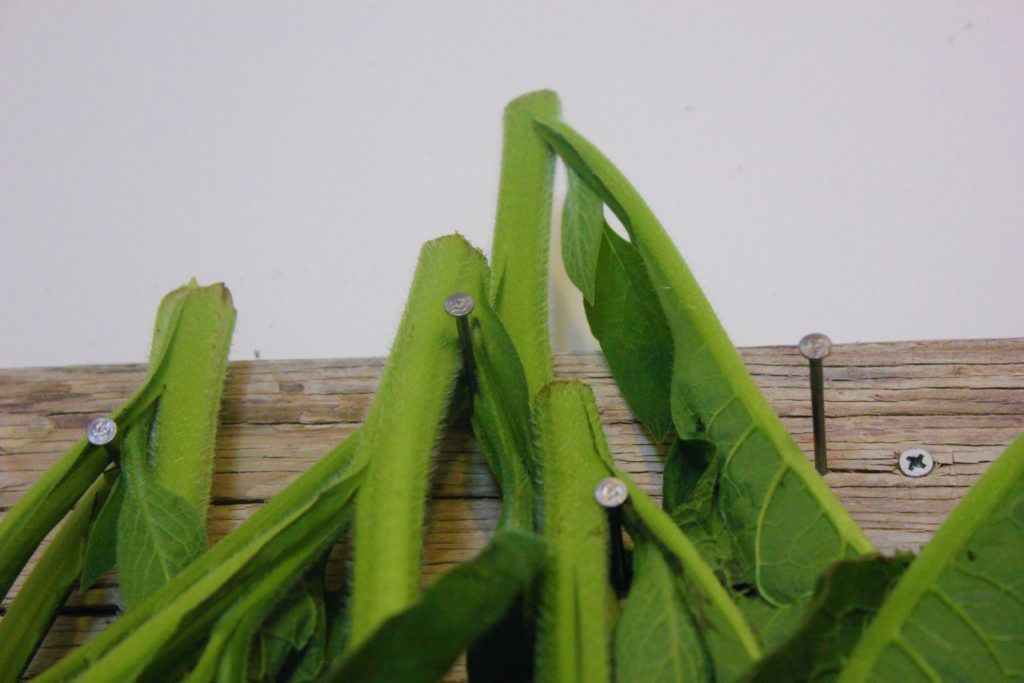 After a couple weeks the comfrey will be nice and dry. At this point I will chop it up and store it in brown bags in a dark dry place. The reason I use brown bags is so any moisture that is left can be wicked out, instead of growing mold. I will use this through out the year in herbal infusions and poultices. Comfrey is one of my favorites for the garden, and for the body.
After a couple weeks the comfrey will be nice and dry. At this point I will chop it up and store it in brown bags in a dark dry place. The reason I use brown bags is so any moisture that is left can be wicked out, instead of growing mold. I will use this through out the year in herbal infusions and poultices. Comfrey is one of my favorites for the garden, and for the body.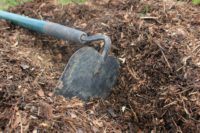
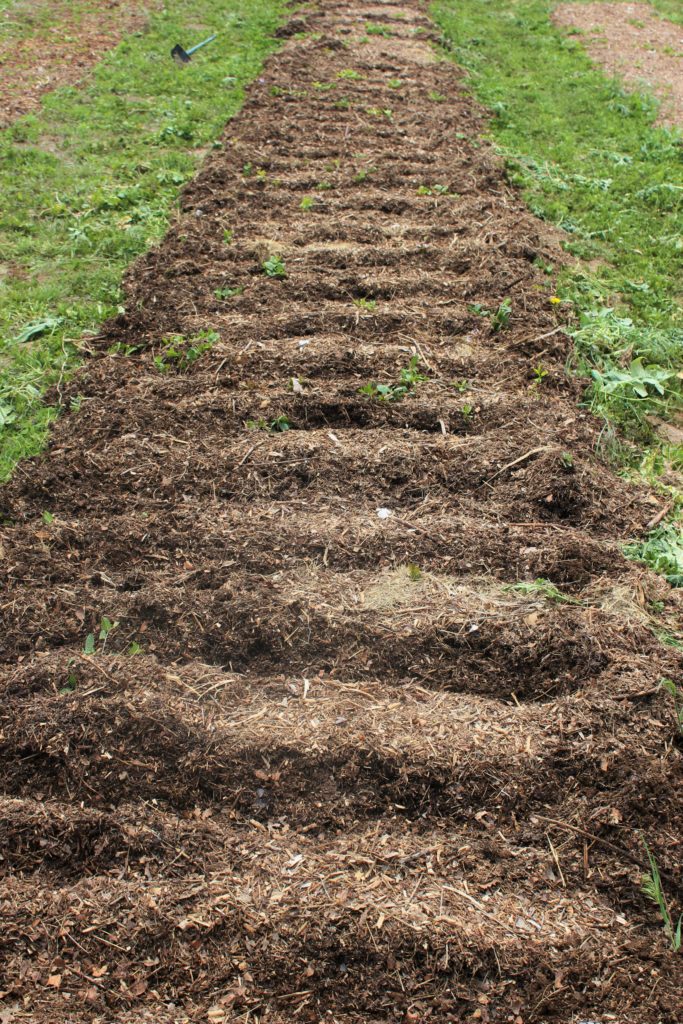
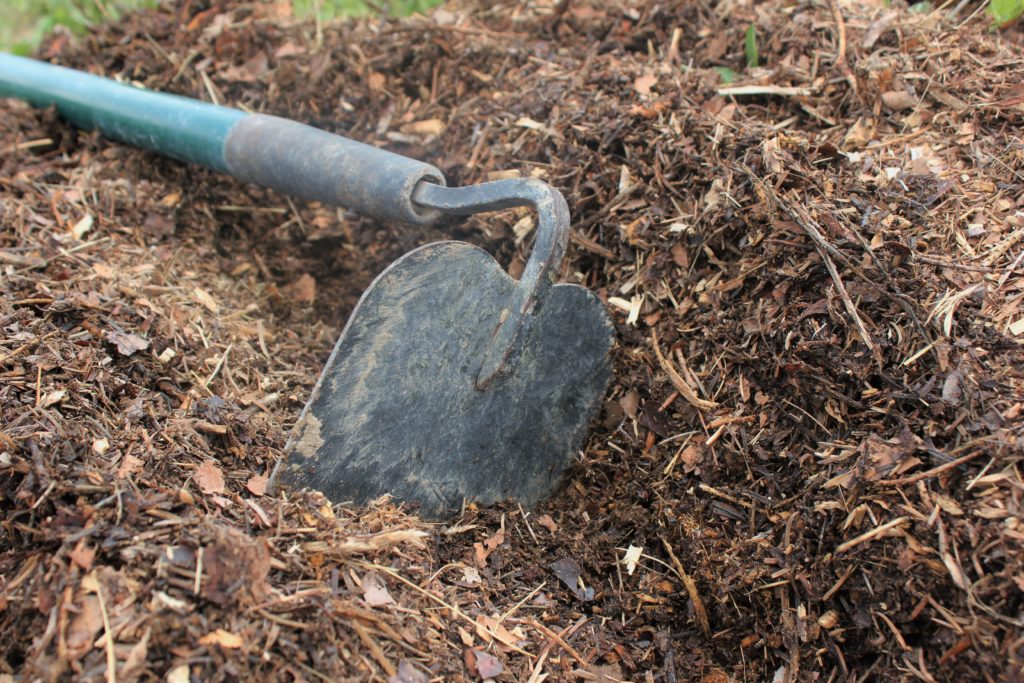
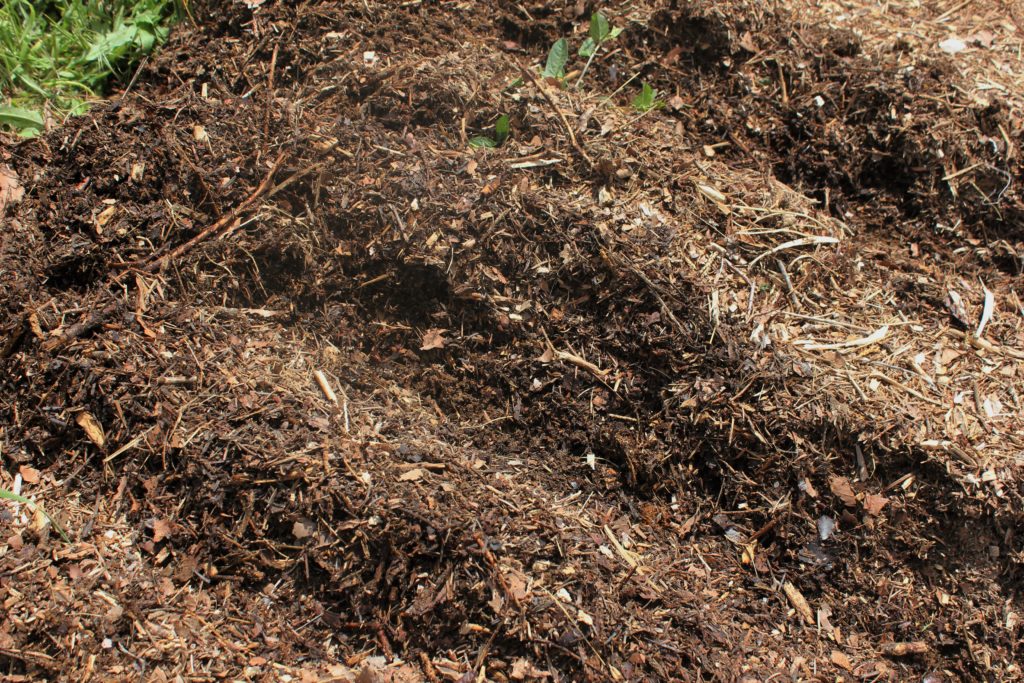
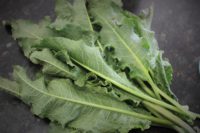
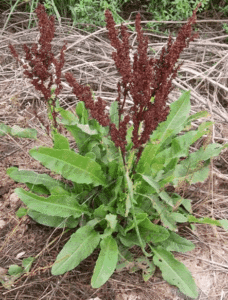
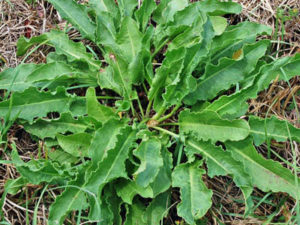
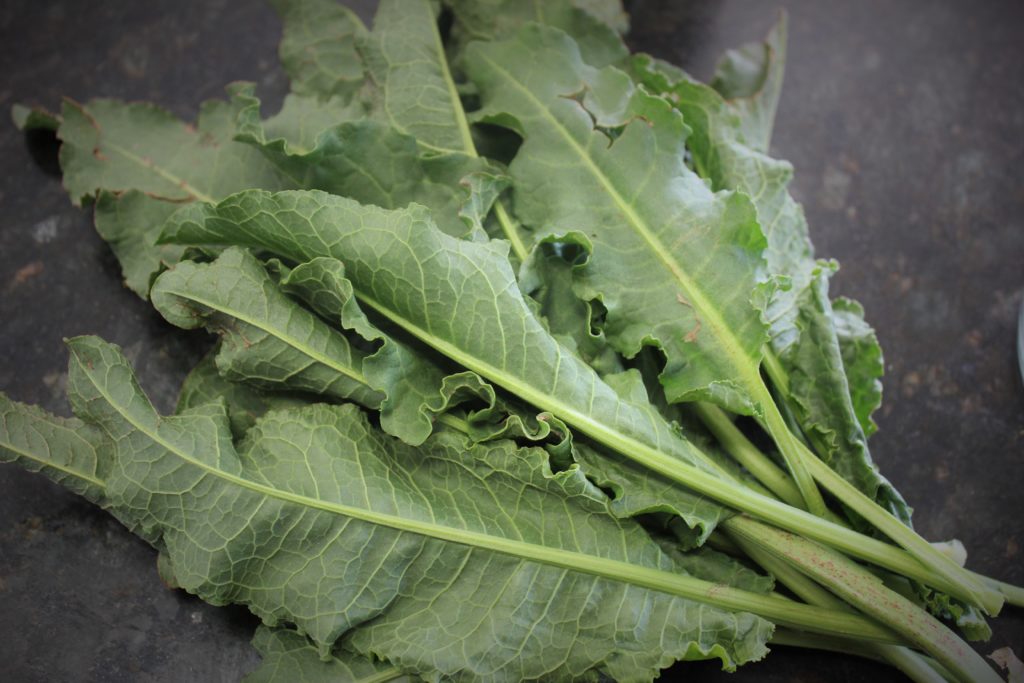 Another plant I have been harvesting a lot of is the Common Mallow. We eat mallow fresh, cooked, we dry, tincture and vinegar mallow. I wrote an article about the medicianl properties of mallow here:
Another plant I have been harvesting a lot of is the Common Mallow. We eat mallow fresh, cooked, we dry, tincture and vinegar mallow. I wrote an article about the medicianl properties of mallow here: